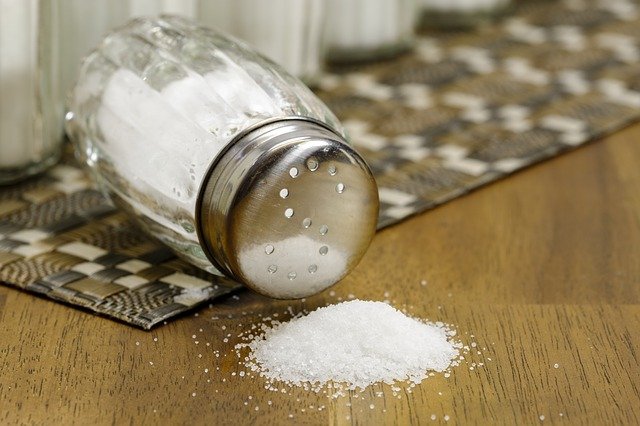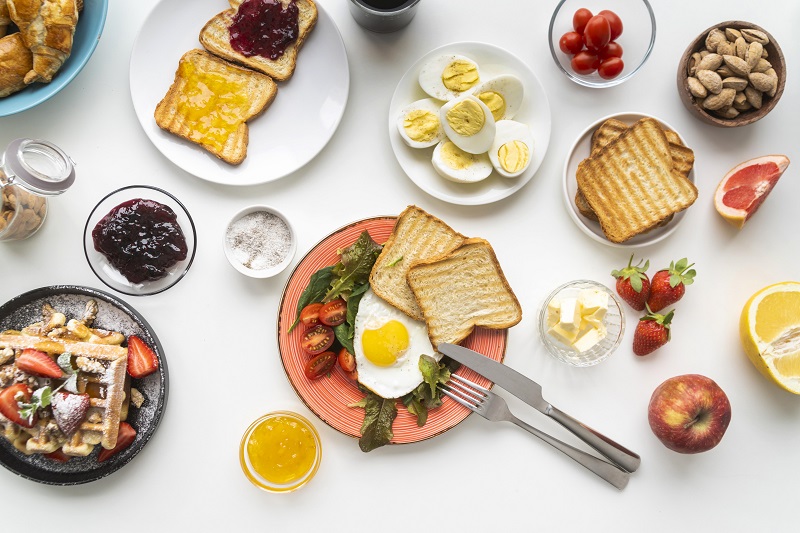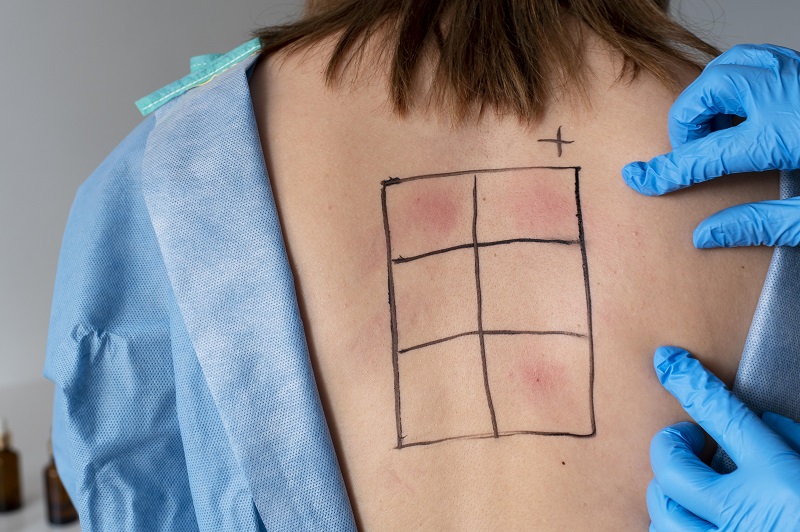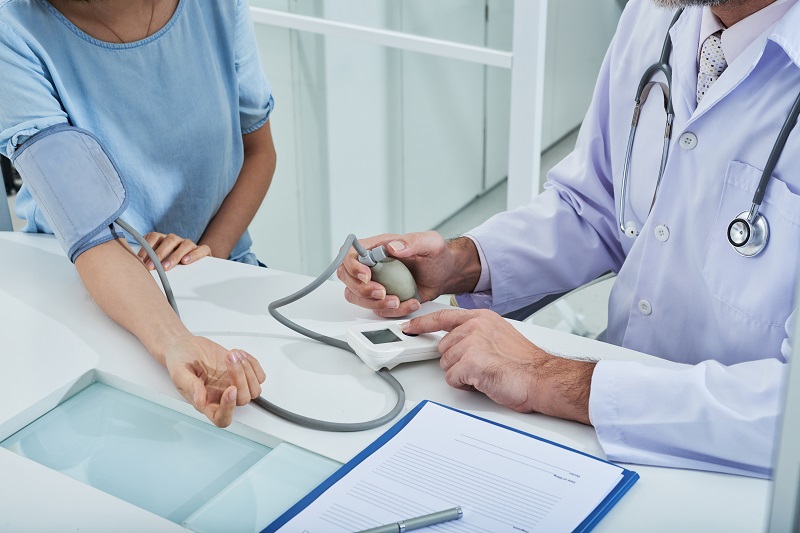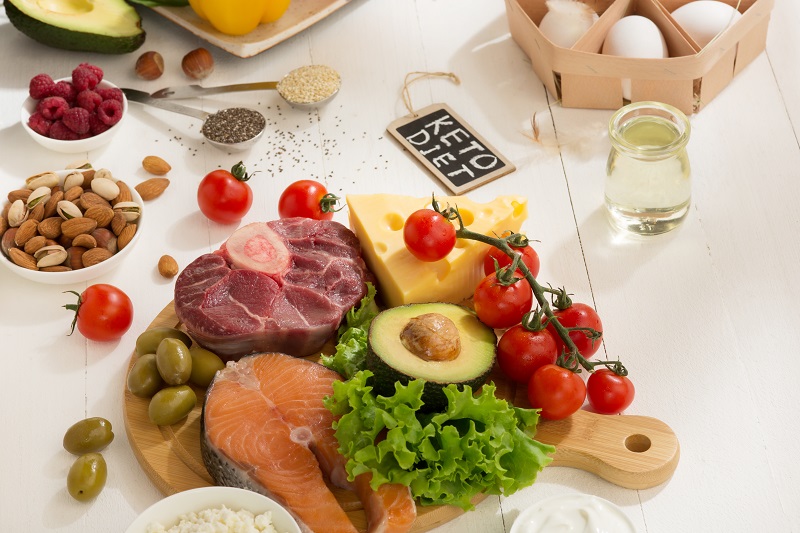By Bhavna Malhotra
Consultant – Nutrition & Lifestyle
Email: bhavnamalhotra75@yahoo.com
Salt is the most important ingredient of any cuisine. Humans not only have a taste for salt but a need for salt because salt provides sodium which is essential for many body functions. Salt helps maintain the body fluids, healthy blood pressure and is essential for nerve and muscle function. However, eating a high amount of salt has been associated with an increase in blood pressure which can lead to heart disease and stroke in the long run. So, what is the right amount of salt to have?
Salt is a combination of sodium and chloride (NaCl). It consists of 40% sodium and 60% chloride by weight. It is sodium that has an effect on the blood pressure of salt-sensitive people. Salt is the biggest contributor of sodium in our diets. Some amount of sodium is naturally present in foods but mostly it is added through addition of salt or agents like baking soda or baking powder (sodium bicarbonate). The recommended dietary allowance (RDA) for sodium for healthy Indian adults is 2300 mg/day which translates to 1 tsp (5 gm) of salt per day. We end up eating more than double of the recommended amount in a typical Indian diet. Major contributors of sodium in Indian diets are the condiments like papads/ pickles/ chutneys and the snacks like namkeens, processed foods, bakery products like biscuits/bread which have become a part of our daily diets. Pickles and chutneys do add micronutrients to our diet but if you suffer from high blood pressure these have to be restricted to avoid long term complications associated with high BP. Try these tips to keep the sodium intake in healthy limits:
-
Eat mostly fresh food instead of processed food which tend to be high in added salt
-
Avoid adding salt to rice/ chapati or bhakri since you would be having these with salted dal/ vegetables.
-
Restrict the intake of bakery products like bread/ biscuits/ cakes etc.
-
Eat fresh chicken/ fish instead of processed foods like sausages, salamis, nuggets etc. which are high in added salt.
-
Use small amounts of sauces with high salt content. Make fresh homemade chutneys with low salt. Addition of ginger/ garlic/ lemon juice/ jeera can help cut the salt while still maintaining the flavour.
-
Avoid adding salt at the table
Many types of salts are available in the market like Himalayan pink salt, rock salt, sea salt and kosher salt. The most commonly used salt however is the iodised table salt. With the current debate of processed vs. unprocessed foods for health iodised salt has been vilified as unhealthy food. Here we need to understand that iodine is an important mineral to avoid iodine deficiency disorders (IDD) like goitre, thyroid dysfunction and impaired brain growth in children. In India, the entire population is prone to IDD due to deficiency of iodine in the soil of the subcontinent and consequently the food derived from it (Pandav CS, 2013). Since most of the good sources of iodine naturally are seafood, eggs, dairy (especially cheese) and seaweed if you are a vegan or even vegetarian it’ll be difficult for you to meet your daily iodine requirement without iodised salt. As per RDA for healthy adults a daily intake of 150 micrograms of iodine is essential. The requirement increases during pregnancy (250 µg) and lactation (280 µg) for the healthy brain development of the baby. Since the other salts (Himalayan, rock salt etc.) do not have significant amounts of iodine it is essential to include iodised salt in your diet. The best strategy to incorporate other salts for the benefit of minerals present in them is to have at least ¾ tsp of iodised salt (approximately 3 gm) and add the remaining 2 gm in the form of other salts. Remember the sodium content of all the salts is almost the same! Hence total salt intake per day should not be more than 5 gm (1 tsp).
So be an aware consumer. Do not be fooled by all the health claims. Well, take them with a pinch of ‘salt’!!
References
Pandav CS, Y. K. (2013). Iodine deficiency disorders (IDD) control in India. Indian Journal For Medical Research, 138(3): 418–433.

